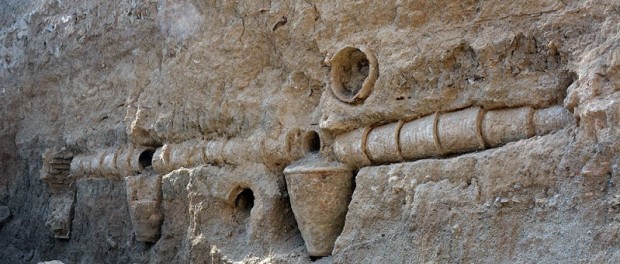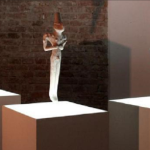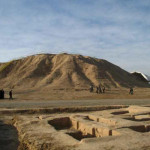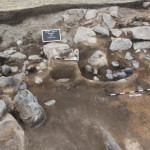Ancient Underground Water System Found Under Persian Castle

An ancient aqueduct system, which has been part of a historical castle, has been uncovered in Borujerd in Lorestan Province Iran.
The system is made of hardened clay and was found under an ancient castle as part of a water delivery system including clay pot reservoirs thought to be used for purifying water. (See Video Below)
The researchers can’t say exactly when this water system was built but another similar system was found in another part of Iran and it was dated about 5,000 years old.
Borujerd is a city in and capital of Borujerd County, Lorestan Province in western Iran. At the 2006 census, its population was 227,547 in 59,388 families. Among the existing modern cities in Iran, Borujerd is one of the oldest reported at least since the 9th century. In Sassanid Empire, Borujerd was a small town and region neighboring Nahavand.
Gaining more attention during Great Seljuq Empire in the 9th and 10th centuries, Borujerd stood as an industrial, commercial and strategic city in Zagros Mountains until the 20th century. In its golden ages, Borujerd was selected as the state capital of Lorestan and Khuzestanregion during Qajar dynasty in the 18th and 19th centuries.
Borujerd area has been populated at least since 3000 BC. Medes used its pastures to produce and train thousands of horses each year. However, it owes much of its development to the Jews which came to Persia after they had got close to extinction. Sassanid Empire promoted Borujerd to a city level and built a fire-temple there. During theMuslim conquest of Persia (637-651), Borujerd castle was used by Iranian army to support the troops and the final battle occurred in Nahavand, 55 km north West of Borujerd.Yazdegerd III escaped to Borujerd castle and his army reunited again there. The Islamic Arab governor, Abudolf ibn Hamulah, rebuilt the city and constructed the Jameh Mosque of Borujerd on top of a Zoroastrian fire temple.
Seljuq rulers had many travels and battles in Borujerd and Barkiyaruq the sultan of Great Seljuk from 1094-1105 died in this city. Some references mention that Zavvarian 5 km N of Borujerd City is his tomb, however according to historical books, his body was returned to Isfahan.
Since approximately 1000 to 1500, Borujerd Was governed by Atabakan-e Lorestan who governed Lur-e-Kuchak. Genghis Khan and Mongols attacked the Lur-e-Kuchak and ruined Borujerd and Khorramabad. Timur attacked Borujerd two times and destroyed this city but Timurids used Borujerd Castle and Roomian Castle for military purposes.







